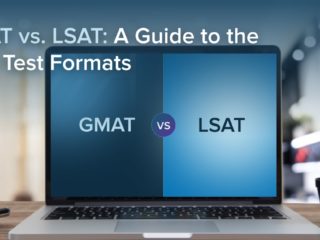Last Updated on May 3, 2023
GMAT OFFICIAL GUIDE PS
Solution:
To determine the value of the account today we want to set up an expression showing the various percent increases and decreases.
Remember we are multiplying each percent increase or decrease against the original value of $10,000.
Also, we must remember that a 10% increase is the same as multiplying by 1.1, a 5% increase is the same as multiplying by 1.05, and a 10% decrease is the same as multiplying by 0.9. That is:
10,000(1.1)(1.05)(0.9)
Because the multiplication may get a bit complicated in the equation above, we should convert each decimal to a fraction, allowing us to reduce before multiplying.
Thus, we have:
10,000(11/10)(105/100)(9/10)
This is equivalent to: 10,000(11 x 105 x 9/10,000)
Thus we see the the two values of 10,000 cancel out, and we are left with:
11 x 105 x 9 = 99 x 105 = 10,395
Answer: B
Note: If you did not want to perform the multiplication of the final step, you could have used a combination of units digits and estimation to come to the correct answer. Keep in mind that the product of 99 and 105 will have a units digit of 5. That leaves us with only B ($10,395) and E ($12,705) as possible answer choices. Next, by rounding up 99 to 100 and multiplying 100 by 105 we get a product of 10,500. Because we rounded up and answer choice E is LARGER than 10,500, it’s not a possible answer choice. Thus, the correct answer is B, $10,395.

